Finally: A new website for SMK
SMK.DK: On 15 August 2018 SMK gets a new website. Here are some of our modest thoughts behind it.
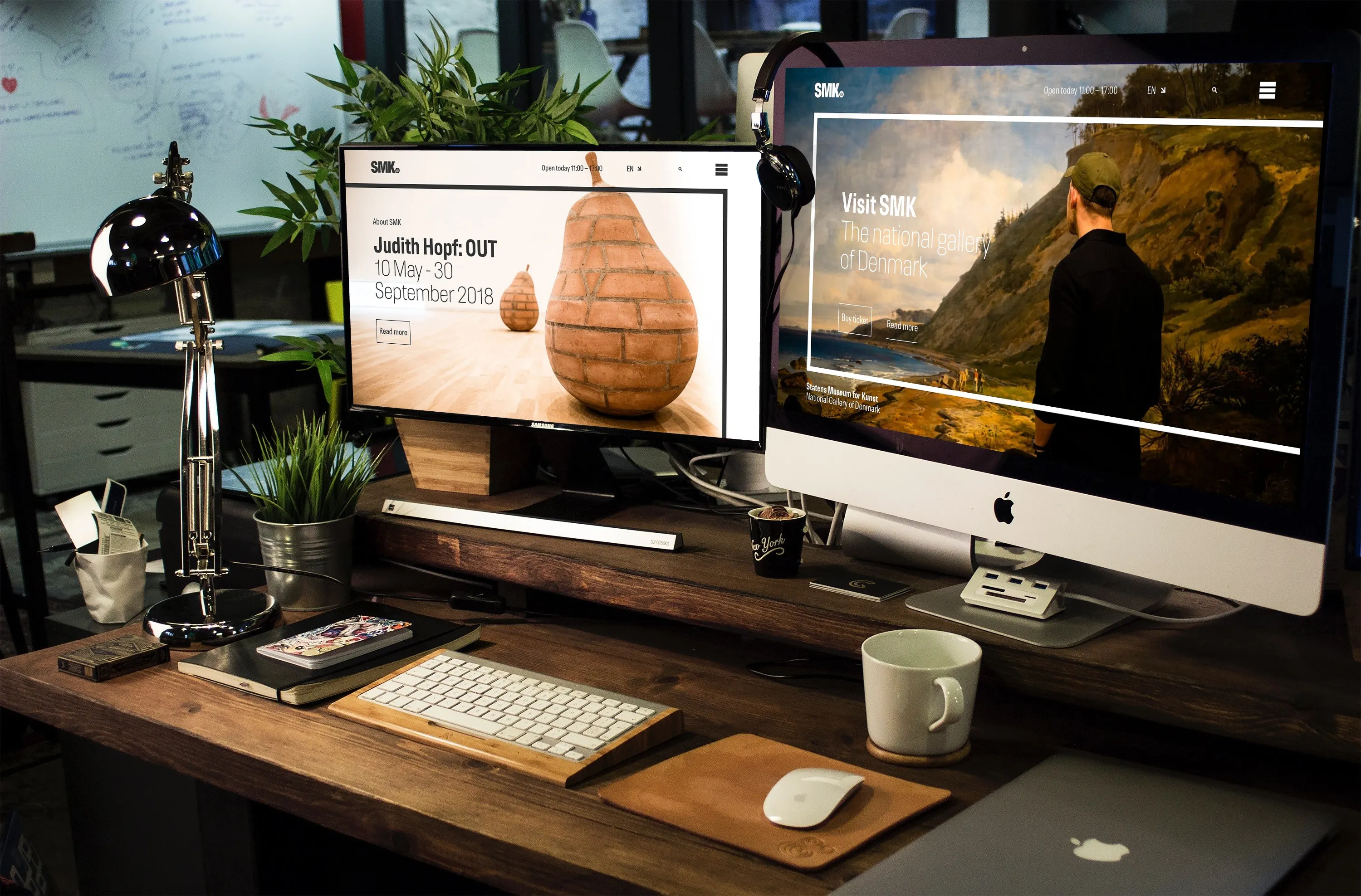
Welcome to the highly official blog of SMK. Old entries to be imported from Medium.com soon.
SMK.DK: On 15 August 2018 SMK gets a new website. Here are some of our modest thoughts behind it.

As of this day you are invited to explore SMK highlights at an unprecedented level of detail. We’ve been working with the good people of Madpixel [link no longer active] to squeeze every little pixel of 11 SMK masterworks into the free SMK Second Canvas app.
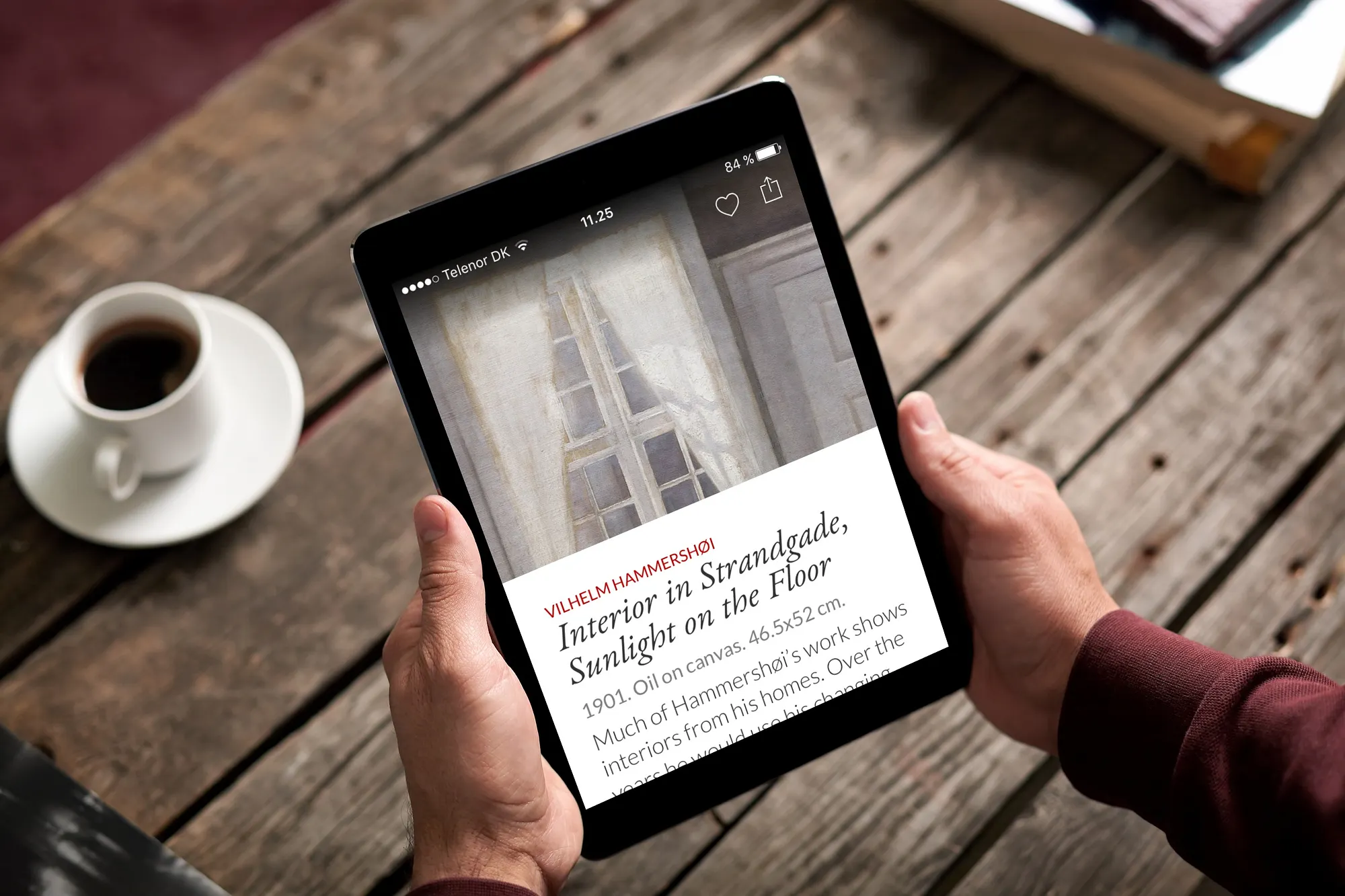
The characters in Carl Bloch’s ‘From a Roman Osteria’ may not look pleased to be interrupted in the middle of supper, but don’t let that fool you. Recently, SMK had the opportunity of having this and a number of other works digitized for later use in our very own version of the app Second Canvas by Madpixel [link no longer active].
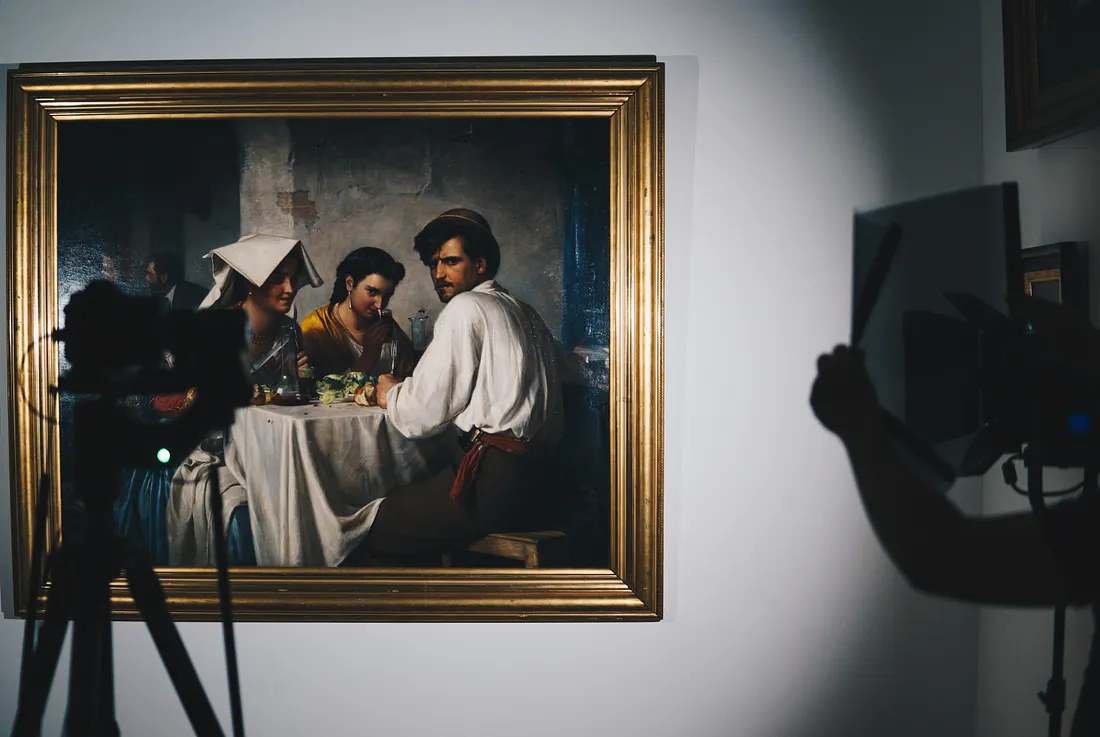 Carl Bloch’s ‘From a Roman Osteria’ under close examination.
Carl Bloch’s ‘From a Roman Osteria’ under close examination.What curator and tireless open access fighter Merete Sanderhoff is holding here, is nothing less than the Danish Open Data Award 2018.

Open data are gaining ground all over the world, including Denmark. In the last couple of years, many museums, archives and libraries have provided open access to digitised cultural heritage, and government bodies like The Danish Geodata Agency have released their data to free public use. This is opening up new powerful opportunities for citizens to engage with, study, repurpose and remix large sets of high quality trustworthy data collected by public institutions over many years.
 The first Danish Open Data Award is presented 2 March 2018 at the IT University of Copenhagen
The first Danish Open Data Award is presented 2 March 2018 at the IT University of CopenhagenYour Facebook reach is a shadow of its former self, the Instagram algorithm is becoming paranoid, and who knows where Twitter is going other than down? Aren’t you happy you held on to your website and your email newsletter after all?
 Where do we go from here?
Where do we go from here?For open access, reductionism may be the way forward.
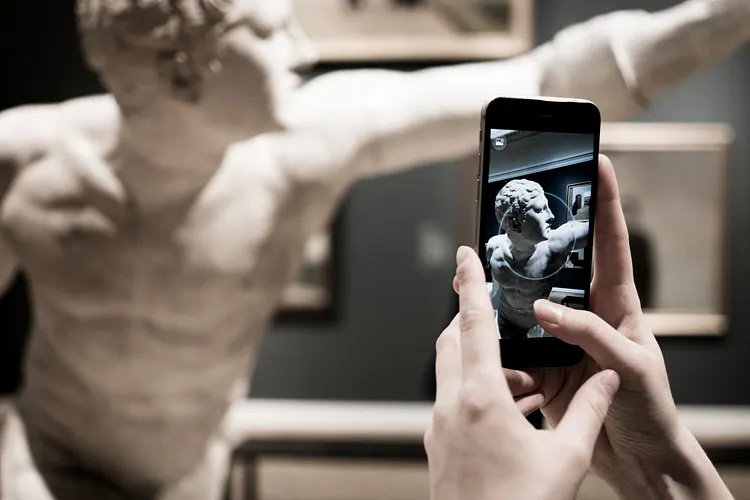
At SMK, we’d really really like to give guests easy, flexible access to information on the collection. We’d also really really like to avoid all the distractions of QR codes and dubious Bluetooth connections.
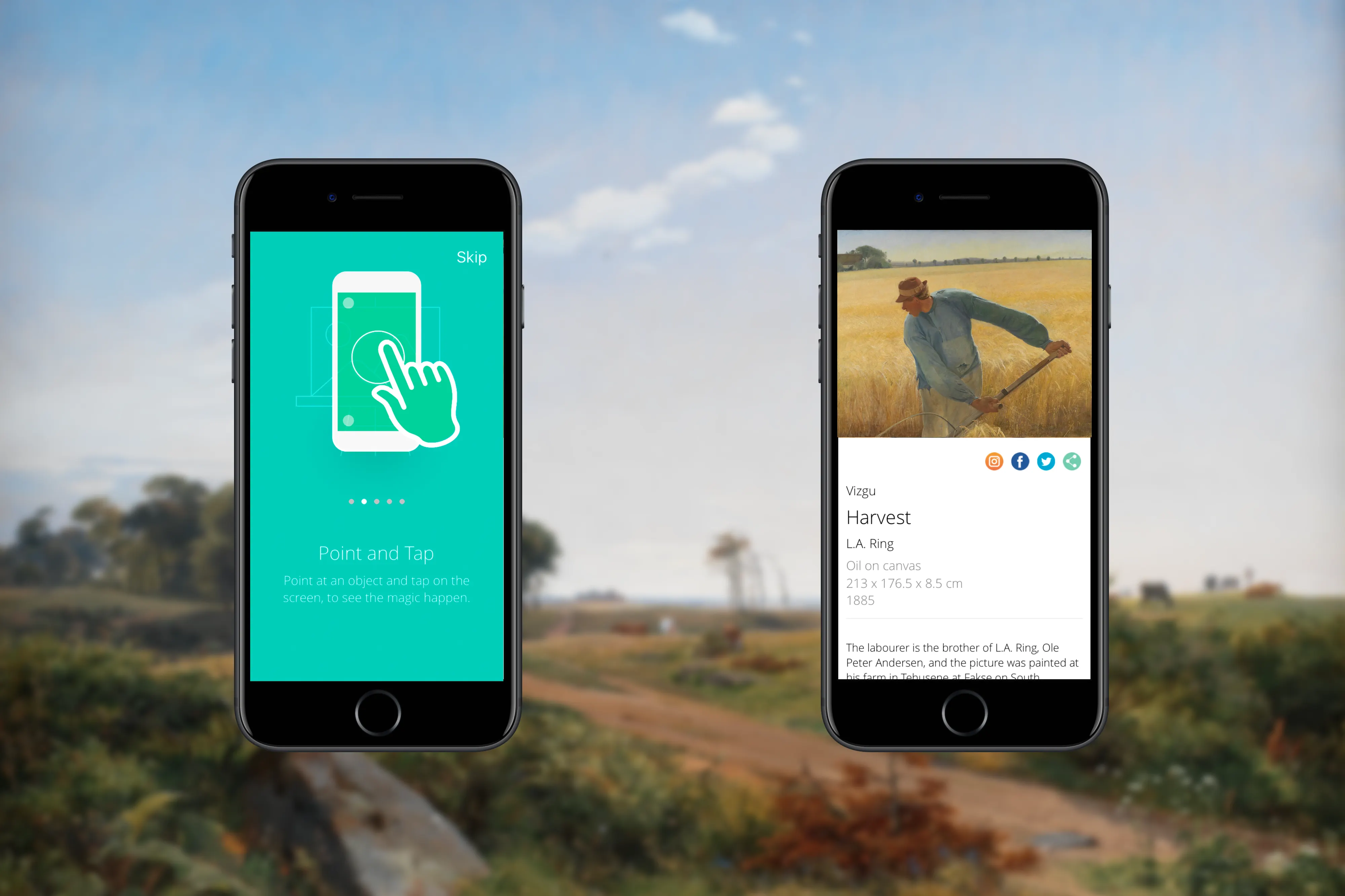
How can we use our cultural heritage, when it’s available for free in a digital format?
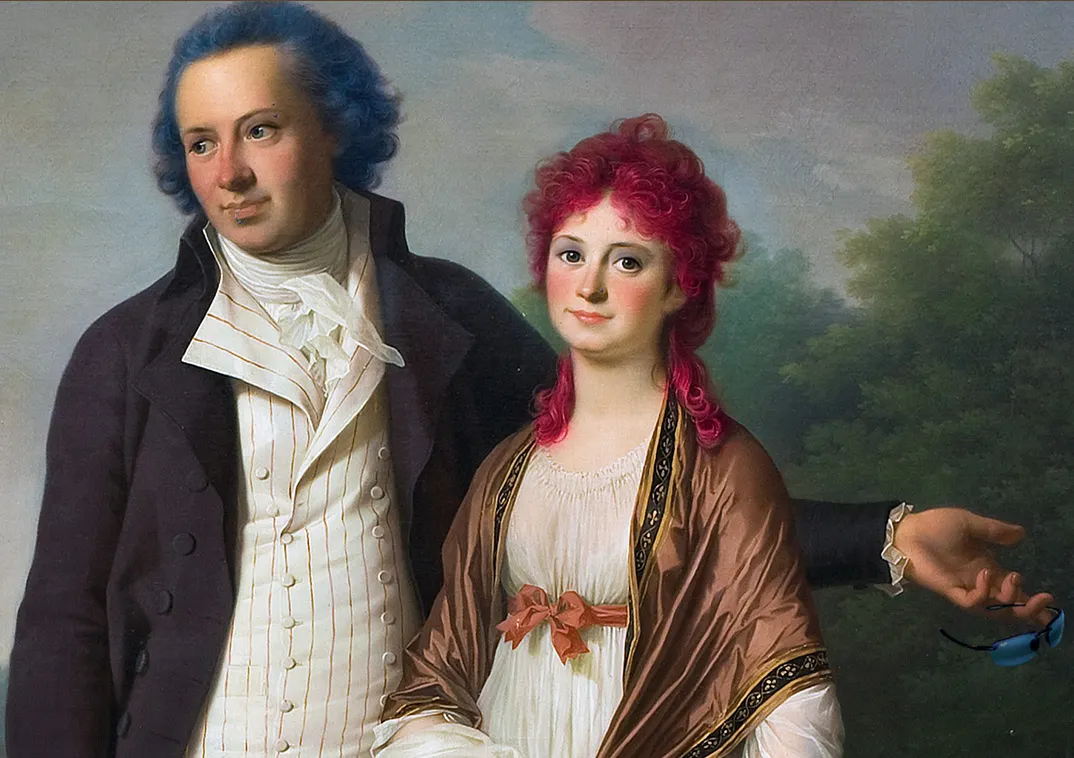
A big part of SMK’s collection is in Public Domain and can thus be used freely as raw material in new artistic contexts without the permission from the museum or anyone else.